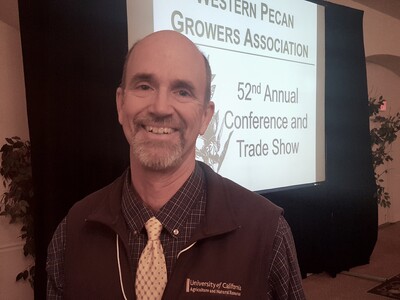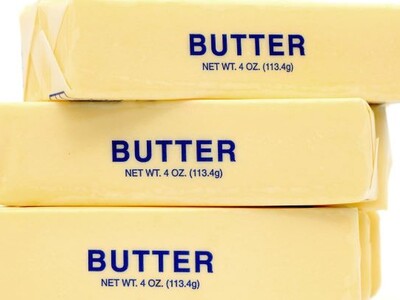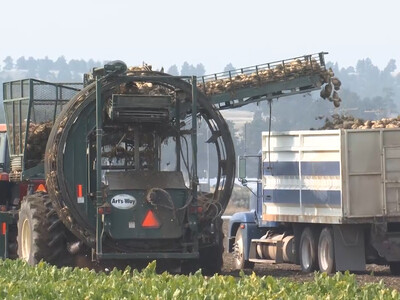Nanotechnology and Fertilizer
Minnesota is the first state in the nation to try telling farmers how to apply fertilizer to their crops.The state's Department of Agriculture has drafted a rule meant to cut down on nitrogen runoff.
Nitrogen fertilizer is the main source of nitrate pollution in the state's groundwater.
Steve Suppan, a policy analyst with the Institute for Agriculture and Trade Policy (IATP), says Minnesota's rule is a significant step in the right direction. And maybe other states should take a look...
"The only regulations pertaining to fertilizer have to do with its storage," he points out. "Fertilizer application is an unregulated industry."
Suppan says farmers who focus on sustainable agriculture are already using crop rotation as one method to reduce fertilizer application. But the fertilizer industry is also working on solutions – solutions Suppan says may or may not work for crops and farmers.
"The fertilizer companies would like to sell more fertilizer, but you know, what they may sell is going to be much more expensive fertilizer," he explains. "Well, how do farmers pay for that, when what they get at their local grain elevator is a price that's below their cost of production?"
Suppan says the last thing farmers need is for their production costs to rise. But he is optimistic that research could yield a practical solution to the nitrate problem.
He says the Brazilian government just announced commercial production of a fertilizer that uses nanotechnology to reduce nitrate runoff by 25 percent. And Canadian researchers claim they've had even better results with nanotechnology.
Suppan says IATP and other watchdogs will be advising the U.S. Department of Agriculture on the viability of these emerging products in the United States.














